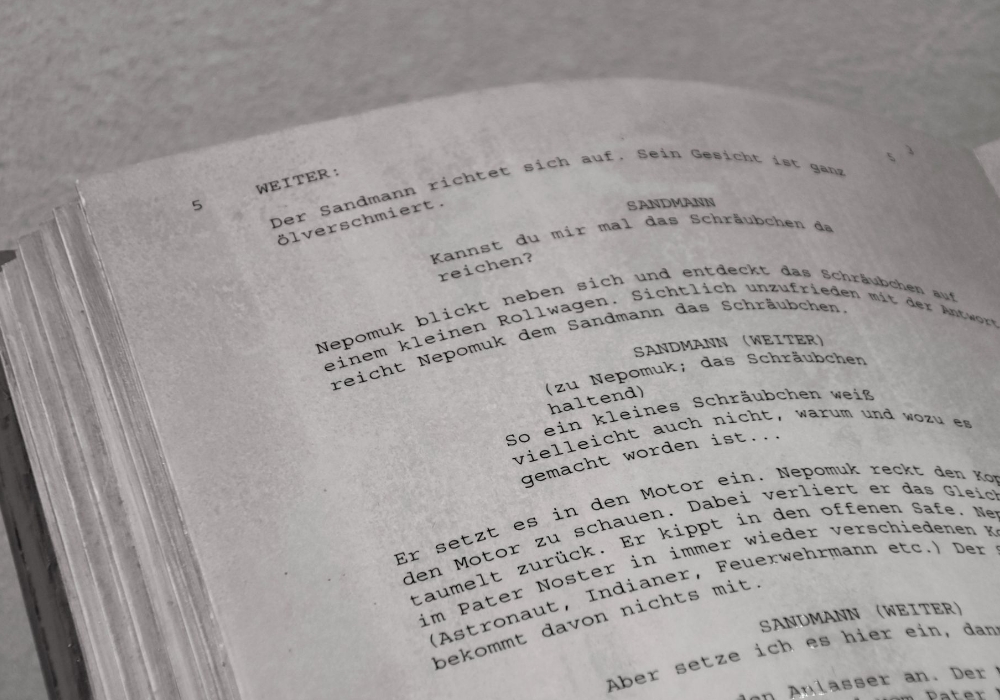7 Video Dialogue Editing Tips for a Natural Narrative
How can we possibly mess up when saying simple words like “he, she, it, or yours”? The natural dialogue that we use everyday becomes jumbled and difficult to understand sometimes. Not because we don’t know what we’re doing or how to talk, but because it’s easy to get overwhelmed with the script and forget the importance of speaking naturally along the way.

Follow these 8 video dialogue editing tips for a natural narrative.
1. Read the Script Out Loud

Once you have read the script to yourself and feel like it’s ready, consider reading it out loud a few times to catch any dialogue issues. This is your first opportunity to ensure the dialogue sounds natural. As you read the script out loud, if you hear anything that sounds unnatural, make immediate corrections to ensure a better-finished version.
2. Include Body Language in Script
As you read your script, consider the ways that you can use body cues to your advantage. If your script says, “That’s terrible,” you can communicate the fact that something is bad with a furrowed brow or a raised upper lip.
These are behaviors that come naturally when we are talking about something that is “Horrible” in person but can be overlooked or eliminated when reading from a script. Replace words that are unnecessary in the script with the behaviors that would naturally be used instead.
3. Nix the Boring Jargon
Videos should be short, captivating and informative. If there are filler words in your script or in your finished video, remove them. You don’t want a video that includes a ton of ums or ands throughout. Cut the dialogue that is boring or unnecessary so that you can save the limited video space for what’s important.
4. Avoid Overuse of Character Names
In-person, you won’t mention someone’s name over and over. For instance, in a real conversation, the dialogue would never go, “Hi Tom how are you today? I’m fine Lynn, how are you? I’m good Tom. Do you want to watch Tv, Tom? No Lynn I don’t want to watch TV” The overuse of names makes the content dialogue unnatural. Instead, edit the dialogue to ensure names are used sparingly and in a natural manner.
5. Give Characters Actions

Your characters should be busy throughout the video. In real life, people are rarely just standing around waiting for the next dialogue to occur. Keep characters engaged and busy while dialogue is taking place. Characters are often busy while they are speaking as this is more common in a real-life scenario.
6. Break the Dialogue Up Between Characters
In real life, we rarely wait for an entire thought to be completed by one person before someone else starts talking. There are interruptions, there are interactions, words are spoken back and forth in a choppy manner. Your dialogue should be similar.
A conversation may start with the female character, but the male will interject, a child will interrupt, and the female will continue or pick up where she left off. The dialogue should be natural, with characters trading quick sentences back and forth that are chopped with natural interaction.
7. Listen to Real Conversations
Not sure how a conversation should go in your script? Listen to real conversations. The dialogue should sound just like the conversation you listen to. Listen to how others interact and speak with each other. Notice that cliches are rarely used? Your dialogue should not use cliches or other terms or language that is not naturally used in our everyday conversations.

